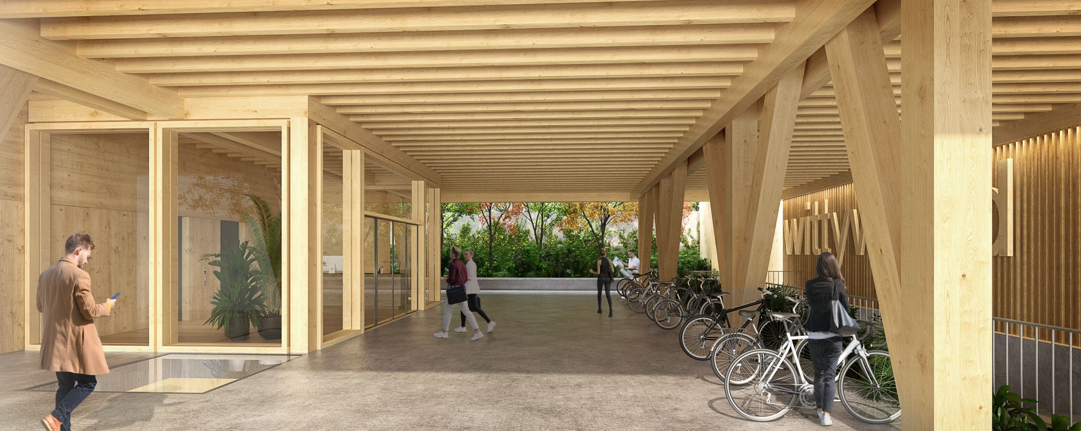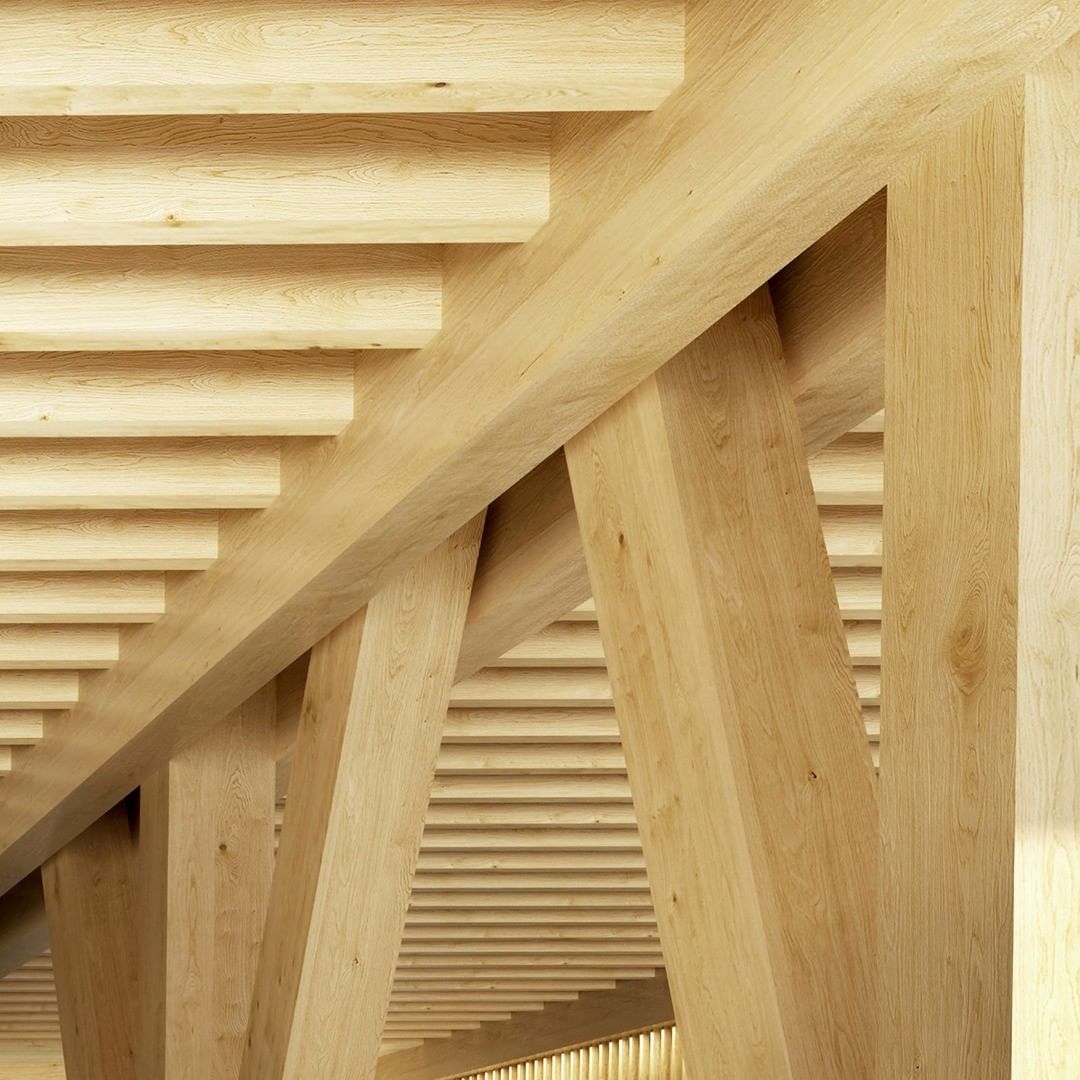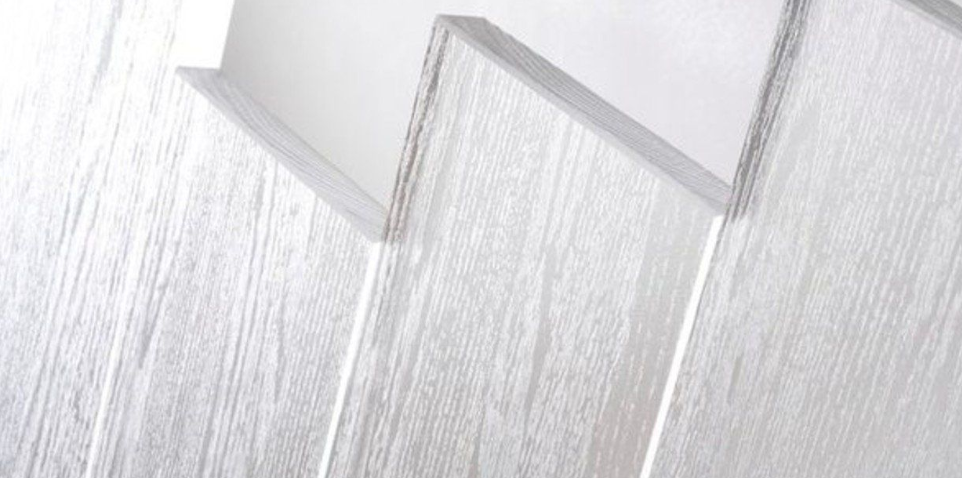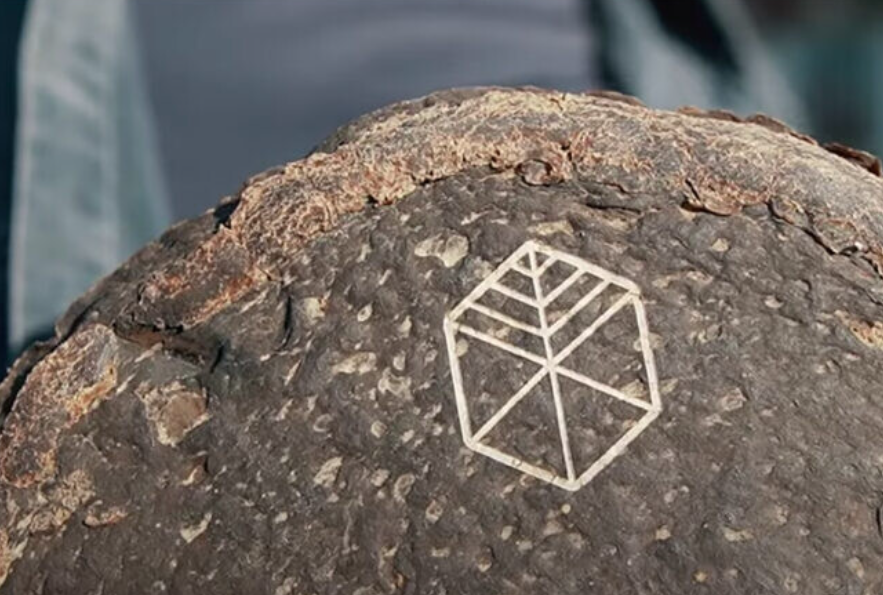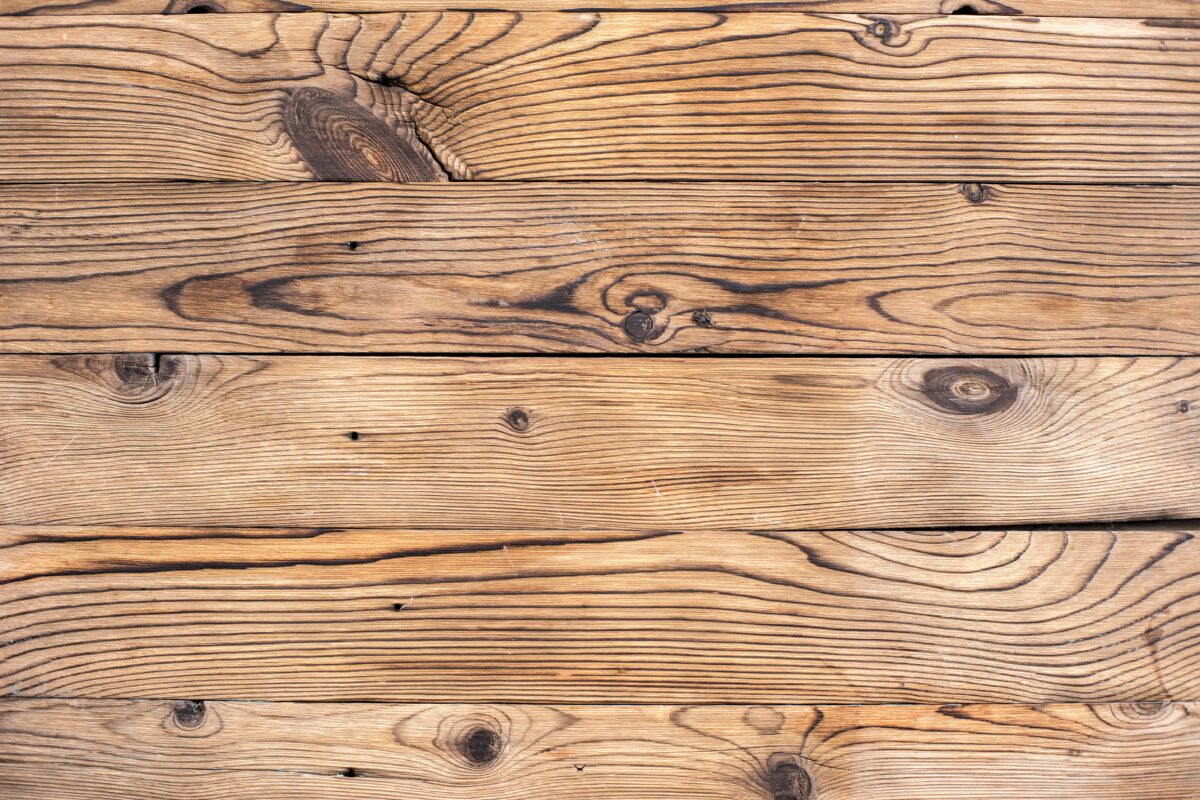Transparent wood: the material of the future?
Innovation seems to be the inherent order of the day in almost all sectors. Innovating means modifying existing elements, introducing novelties, thus generating a positive change in the state of things. Among them, these optimizations can be applied to architecture through improvements in the materials used for construction.
And a great novelty in the construction sector is transparent wood.
This material has been created by a team of scientists from the KTH Royal Institute of Technology in Stockholm (Sweden). The researchers began to chemically eliminate a substance called lignin, a component of wood that makes it rigid and dark in color since it prevents light from passing through. By removing the lignin, the wood loses its characteristic color and becomes a white material. That’s why it was necessary to take a step further and other researchers from the University of Maryland added epoxy or polyepoxide to wood, a thermosetting polymer that hardens when mixed with a catalyst or hardener agent. In this way, they achieved transparency and resistance, and a product twice as strong as organic glass and more resistant than conventional glass.
What advantages does the color change bring?
Contrary to what you might think, transparent wood is a 100% environmentally friendly material.
The production of transparent wood generates less carbon emissions into the atmosphere, which is why it is more sustainable than the manufacture of glass and crystal, materials with which it shares similar visual characteristics.
In addition, it works as a thermal insulator: thanks to its density it keeps the interior temperatures constant. And, on the other hand, it accumulates and preserves external heat. It is undoubtedly a highly energy-efficient material.
Transparent wood is a good alternative to glass and plastic because it lets light through and that would entail less use of artificial light.
Real uses to this variation of wood
Scientists believe that this invisible material could be used in the manufacture of car windows or to replace any other transparent glass surface. It could also be used to make advanced solar panels.
Although it is a developing material, in the near future transparent wood may replace conventional materials and revolutionize the architecture sector.

